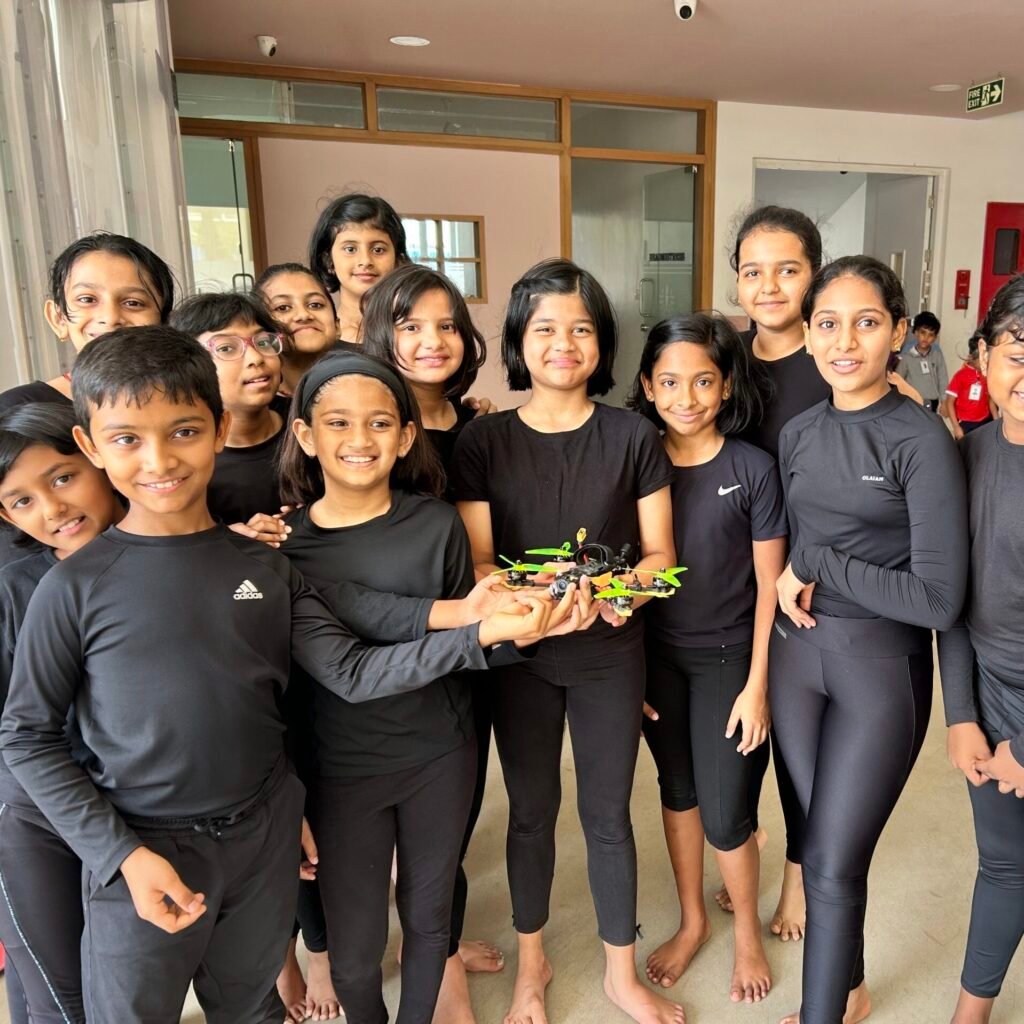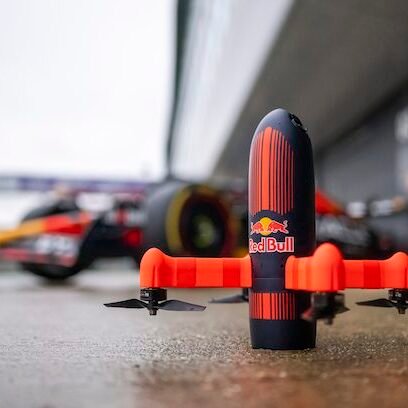Yes, you read that right—you can build your own drone using a Raspberry Pi. It’s not just cool, it’s one of the most exciting ways to learn about robotics, physics, coding, and wireless communication. This is the kind of Raspberry Pi STEM lab project that turns heads (and lifts off). 🛸
If you’re a student itching for an advanced final-year project or a teacher looking to bring serious innovation to your school makerspace, this drone build is the perfect high-flying addition to your Raspberry Pi classroom setup.
What You’ll Build
You’ll create a quadcopter-style drone that uses a Raspberry Pi to control motors, receive flight commands, and even capture aerial footage. Depending on how deep you go, you can:
- Manually control it with a controller or use code to control the drone
- Add GPS for auto-stabilization
- Use a camera module for live video streaming
- Introduce obstacle detection with ultrasonic sensors
This is hands-on STEM learning with Raspberry Pi that covers a wide range of tech disciplines.
What You’ll Need
- Raspberry Pi 4 (or 3B+)
- Quadcopter Frame (lightweight, 250mm recommended)
- ESCs (Electronic Speed Controllers) x4
- Brushless DC Motors x4 (e.g., 2204 or 2212)
- Propellers (CW and CCW pairs)
- LiPo Battery (3S or 4S, 2200mAh or higher)
- Power Distribution Board (PDB)
- Raspberry Pi Camera Module (optional)
- Ultrasonic Sensor (optional, for obstacle avoidance)
- Wi-Fi dongle or Pi with onboard Wi-Fi
- Flight Controller Board (e.g., Navio2, or run without using Python)
- Mounts, zip ties, and vibration dampeners
- Python, DroneKit, or ROS for programming
Pro Tip: Use a simulator like Mission Planner to test before flight.
Wiring Guide (Simplified)
If you’re not using a dedicated flight controller, connect ESCs directly:
- ESC Signal wires → Raspberry Pi GPIO pins (via PWM HAT or PCA9685)
- ESC Power Wires → Power Distribution Board
- Motors → ESC Output
- Battery → PDB Input
Use a 5V BEC (Battery Eliminator Circuit) to safely power the Pi from the LiPo.
If using Navio2 or Pixhawk:
- Mount it on top of your Pi
- Connect it to ESCs and GPS
- Use DroneKit or MAVProxy to communicate with it
Software Setup (Using DroneKit)
Install DroneKit:
bash
| sudo pip3 install dronekitsudo pip3 install pymavlink |
Basic Python script to connect to the drone:
python
| from dronekit import connect, VehicleMode vehicle = connect(‘udp:127.0.0.1:14550’, wait_ready=True)print(f”Connected to: {vehicle.version}”) vehicle.mode = VehicleMode(“GUIDED”)vehicle.armed = True while not vehicle.armed: print(“Waiting for arming…”) time.sleep(1) print(“Taking off!”)vehicle.simple_takeoff(10) # Takeoff to 10 meters |
Use this with ArduPilot or PX4 firmware for full flight control.
Add Live Streaming (Optional)
Install mjpg-streamer to stream video from your Pi Camera Module to your laptop or phone via browser—great for surveillance or FPV (first-person view).
Learning Outcomes
- Understand flight mechanics and motor control
- Learn sensor integration (e.g., barometer, GPS, ultrasonic)
- Apply Python to real-world robotics
- Explore wireless data transfer and IoT
- Build hands-on teamwork with STEM group projects
This one checks all the boxes for educational Raspberry Pi projects at an advanced level.
Classroom Use
Let different teams build and test:
- Frame and electronics
- Software and flight logic
- Safety and testing
- Camera integration
- Obstacle detection
In a few weeks, you’ve got a DIY Raspberry Pi STEM lab project that’s ready to fly at your next science fair!

Expansion Ideas
- Add GPS navigation (return-to-home, waypoints)
- Add object detection with OpenCV and a camera
- Build a ground control interface using Flask or Node.js
- Introduce voice control with your Raspberry Pi assistant from Blog 8
Final Thoughts
Drones are the future of tech—and what better way to prepare for that future than to build one yourself?
If you want to build high tech drones you can visit Cybotz Technology
If you want a project that flies beyond the basics, this is it. Perfect for coding classes, robotics clubs, and any STEM lab for schools looking to stand out.

